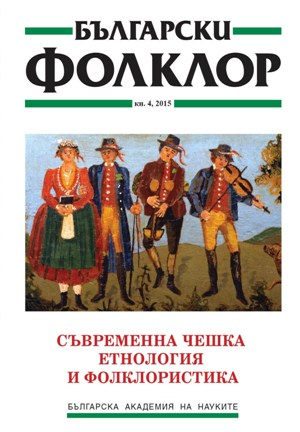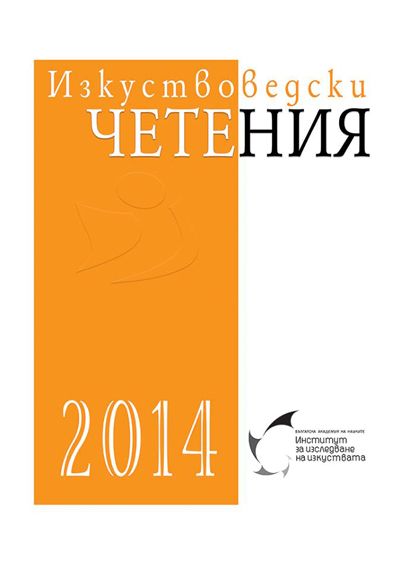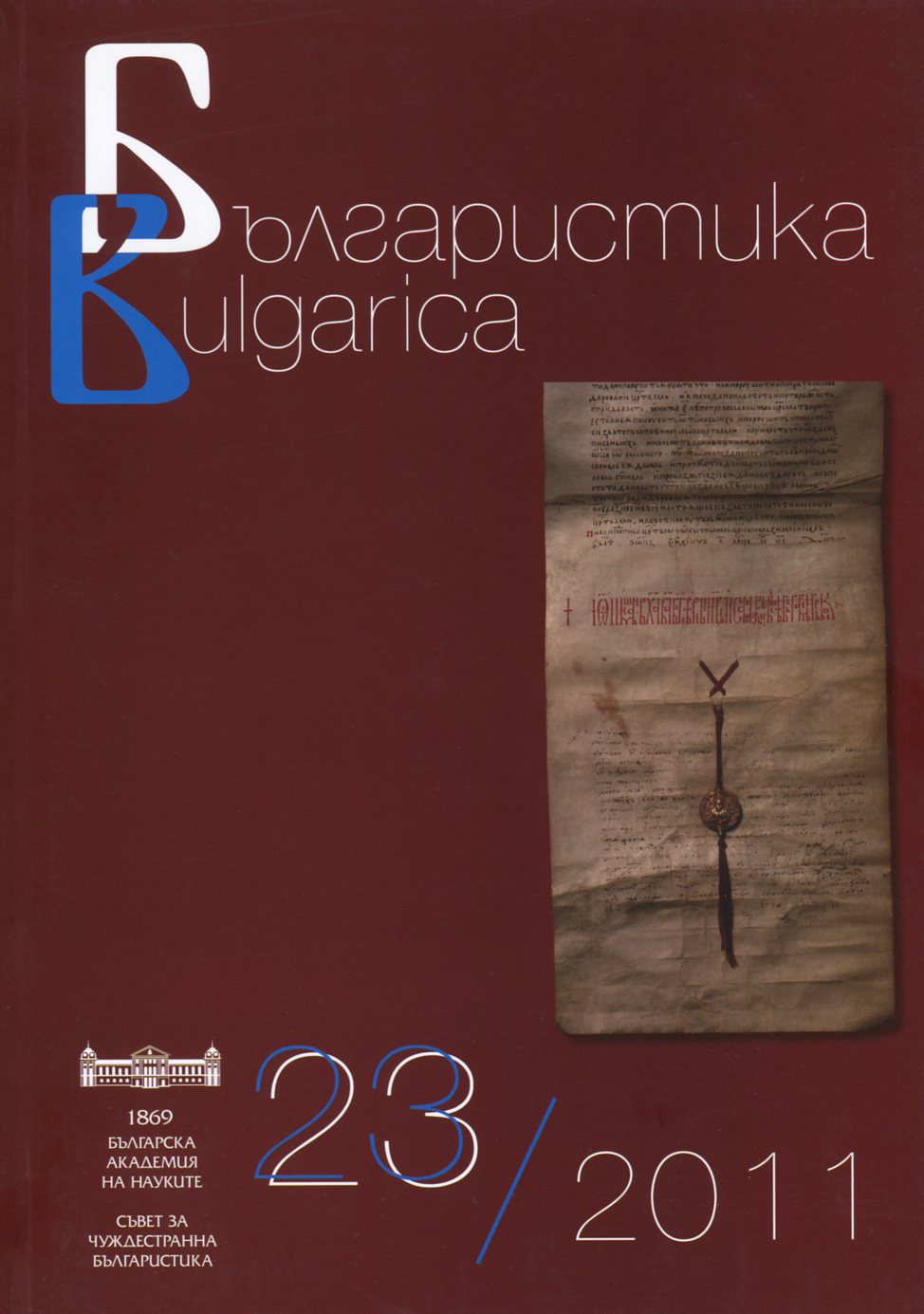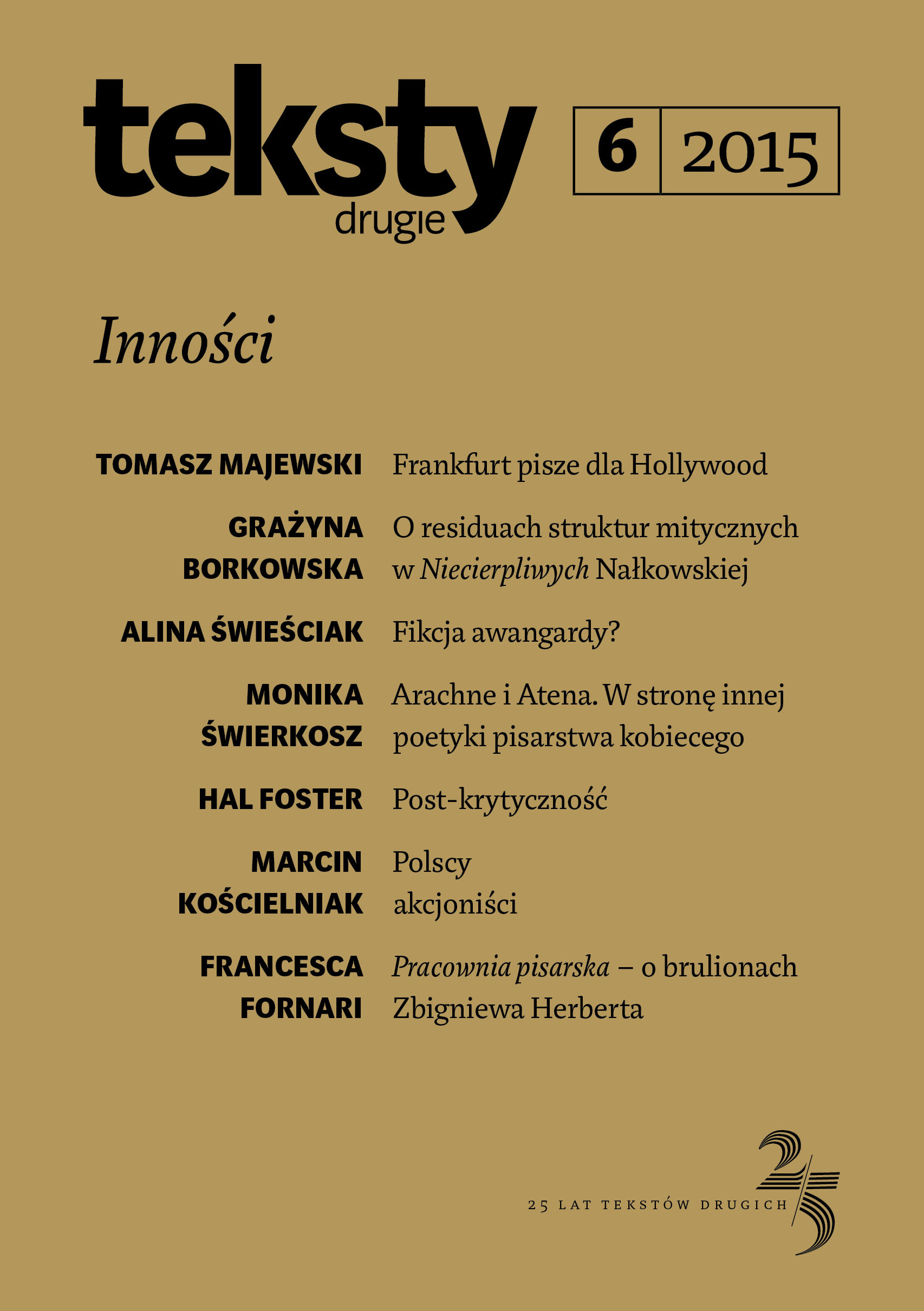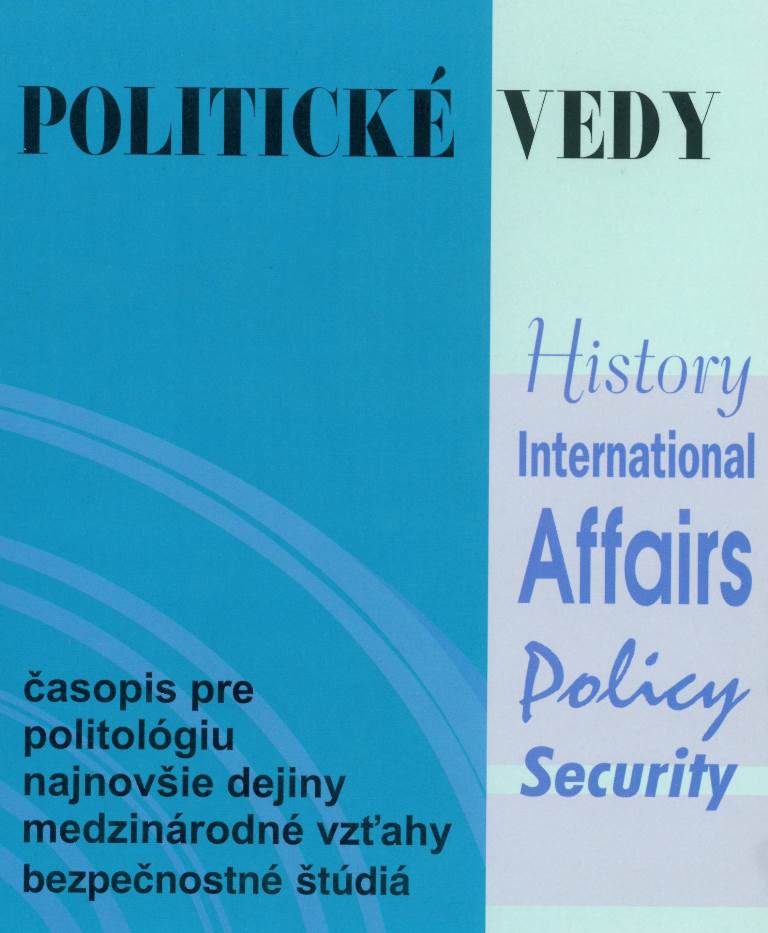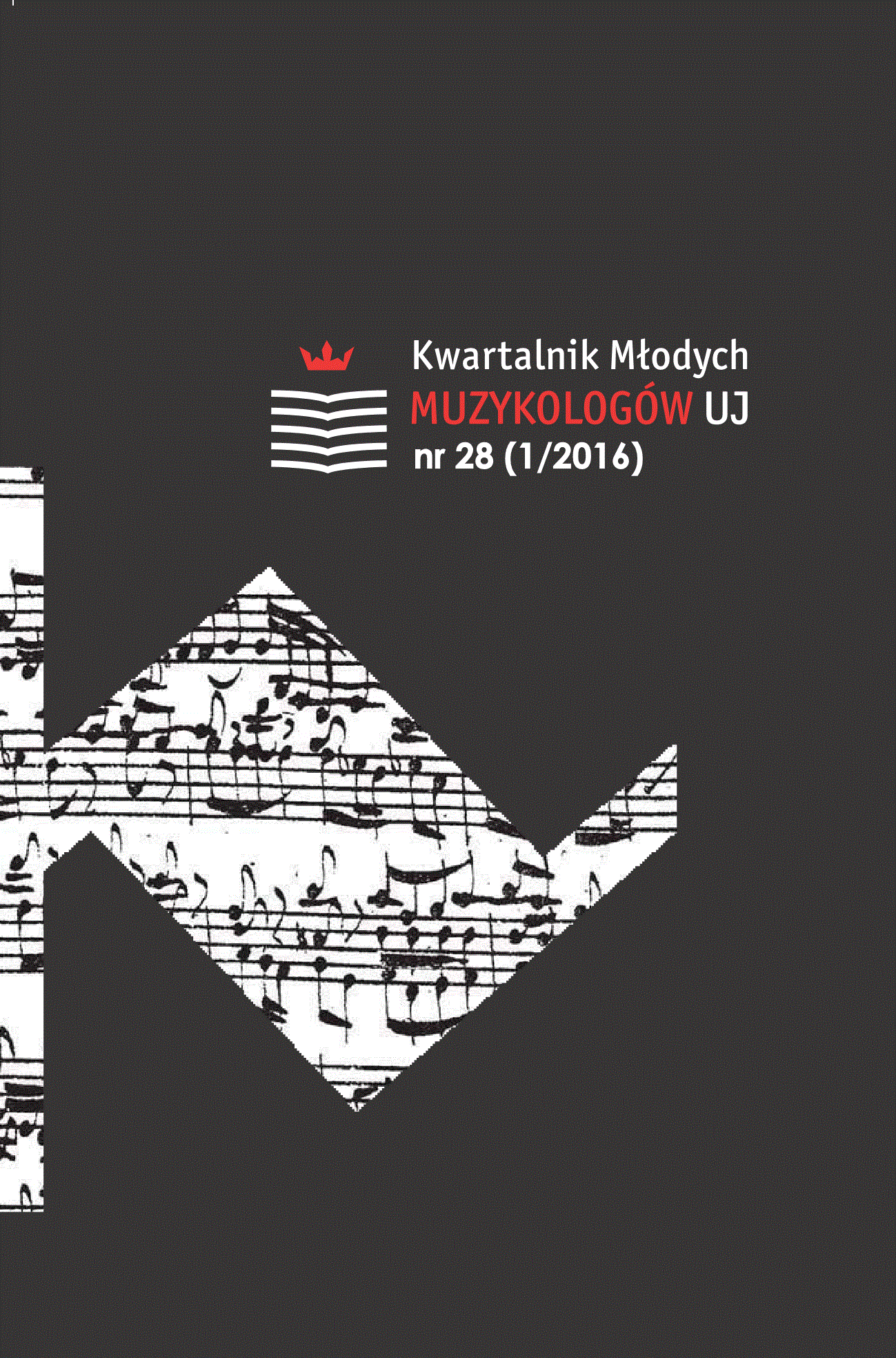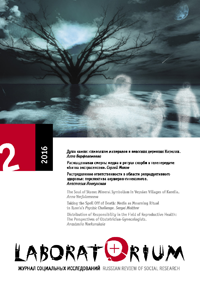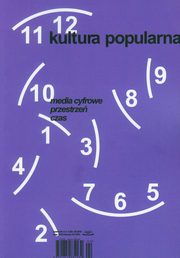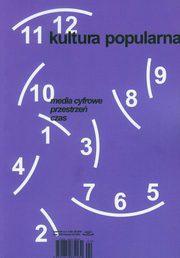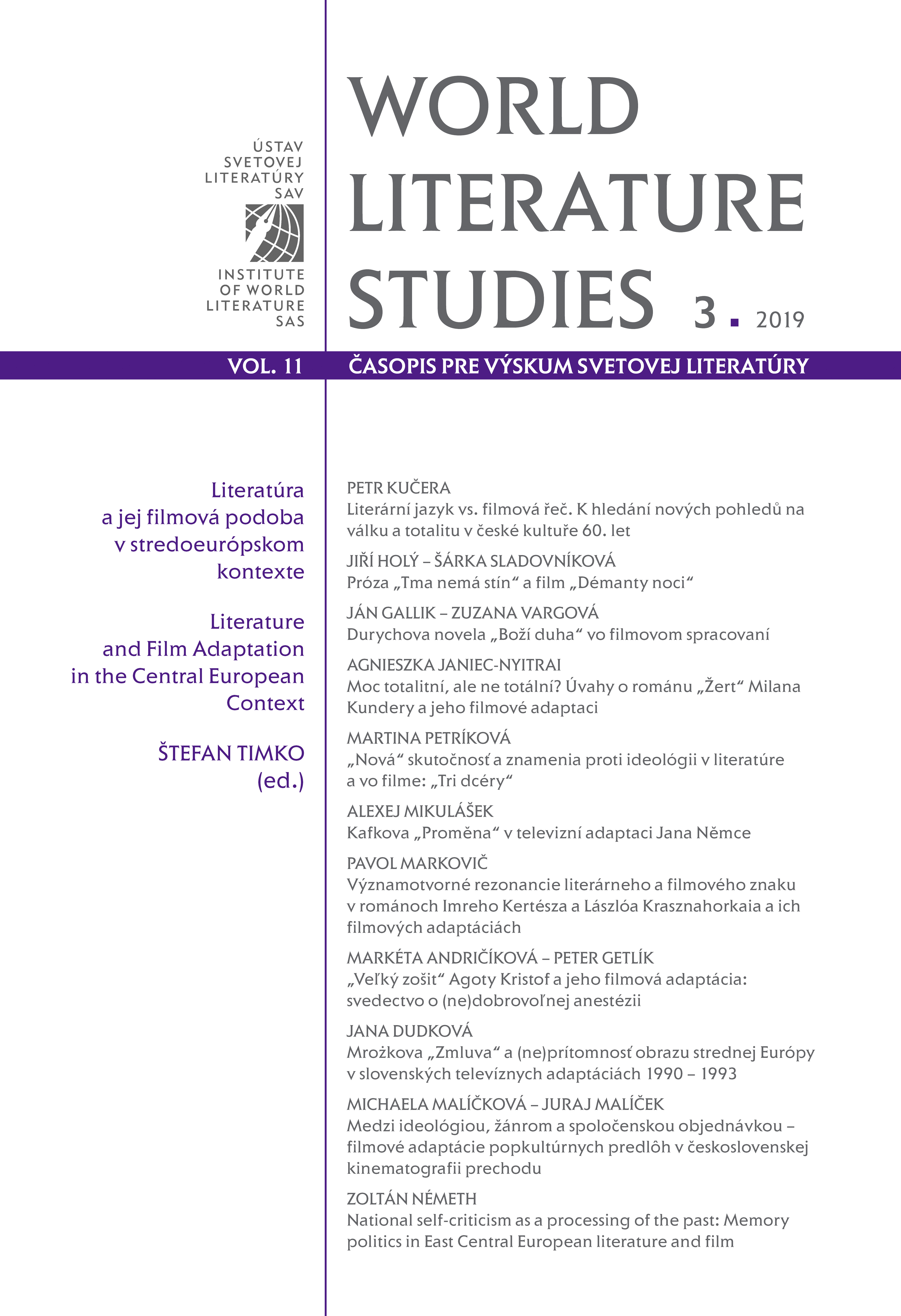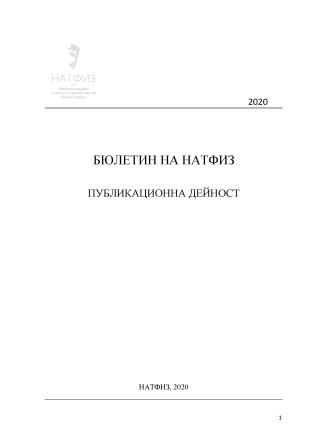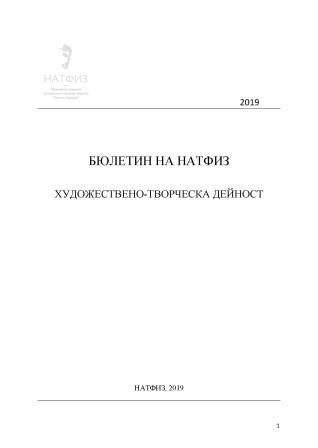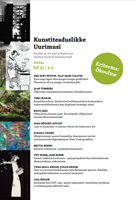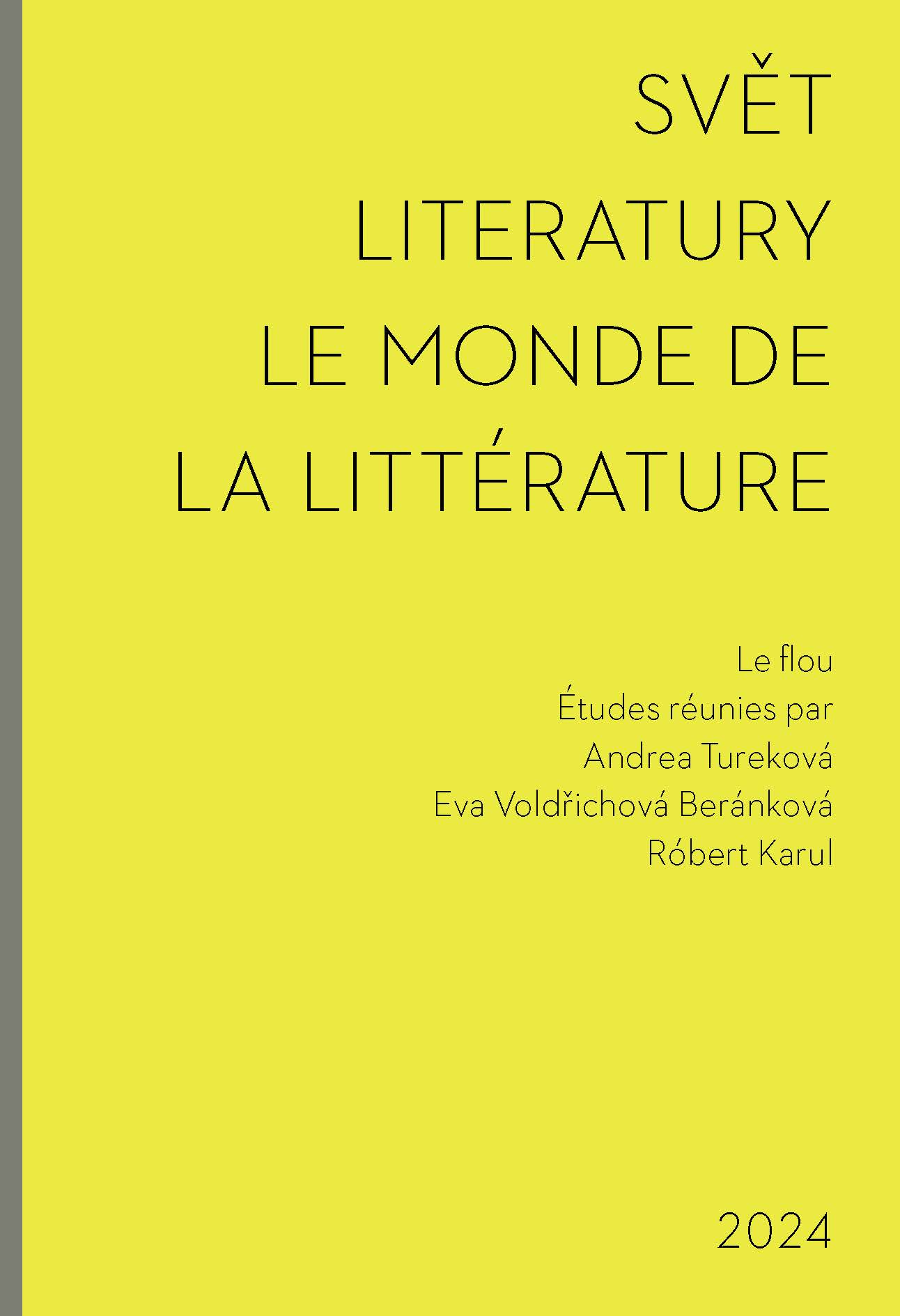Author(s): Timo Maran / Language(s): Estonian
Issue: 03+04/2024
There can be no doubt that the most important challenge facing humanity in the 21st century is reacting to the manifestations of the global environmental crisis. Culture plays a central role in transitioning to a sustainable society, for it is culture that can show humanity the possibility of different ways of life, meanings and values. An important mission of environmental humanities and ecocriticism today is describing the potential of cultural texts to bring about an ecological breakthrough and facilitate change. There are many works in different genres and styles that depict the natural environment, various species, human relations with nature and environmental problems: these topics have been particularly highlighted since the emergence of ecocriticism in the 1970s. Besides literature, vigorous trends in photography and film, visual arts and theatre involve nature and the environment. This article discusses the deep structures of artistic texts that may have the potential to change humans’ relationship with the environment. I will discuss the work of the Estonian author Jaan Kaplinski (1941–2021) and describe figurative patterns of thought that create metaphoric links between humans and animals, or humans and the environment. On the basis of existing studies, it can be suggested that what is required to bring about cultural change is the circulation of numerous nature representations in texts of various types, and audiences’ exposure to them. However, our knowledge of the characteristics of artistic texts that can change human attitudes is insufficient. What are the structural, stylistic and narrative characteristics that can make a text effective and lead the audience to the critical evaluation of their own environmental impact? For instance, where is the reading experience of nature essays located in the human semiosphere as a whole? Human relations with nature do not simply become manifest in culture; they need to be mediated by signs, texts and thought models in order to be effective. Nature-culture cannot be advanced just by imagining the disappearance of the boundary between culture and nature, as these are semiotic systems that operate on different levels of complexity. While the semiotician Juri Lotman describes the boundary of culture as a translational membrane between the sphere of culture and external environment, the issue here lies in determining the characteristics of the membrane. A possible way in which texts of nature writing could transform human evaluations and behaviour can be found in the convergence of cognitive linguistics and literary criticism. Since the 1970s cognitive linguistics has dealt with conceptual metaphors: figures of speech that organise thinking and help us understand complex and abstract phenomena by creating relations of similarity with simpler and perceptual phenomena. Conceptual metaphors are considered significant in human cognitive development and learning, as using them can lead to changes in the conceptual structures of thinking. An intriguing type of metaphor used in literary texts is the extended metaphor, or sustained metaphor. Extended metaphors not only appear in particular expressions, as is the case with linguistic or conceptual metaphors, but also in literary texts containing such elements considered as wholes. It has been pointed out that literary texts representing nature, the environment and non-human species contain many metaphoric patterns of thought. Starting in the 1970s, links between culture and nature, as well as ecological problems, were recurring topics in Jaan Kaplinski’s work. Yet his ecological views did not fall into a carefully composed logical system, but were rather concentrated around figurative cores of thought: heather, extinction, the amber pine, the Titanic, the home place, wonder, longing etc. Kaplinski’s ecology was, to a great degree, an ecology of culture or ‘an ecology of the soul’; his views on solving environmental problems and sustainable culture coincided. He had a clear view of an ecological culture as part of a larger ecological system and did not draw clear lines between humans and other species. Kaplinski’s ecological thought was poetic and found expression in powerful images and linguistic patterns. In particular, I discuss two texts by Kaplinski: Ice and Heather and Leavers. Ice and Heather (1989) is a fragmentary collection of reminiscences, travel impressions, observations and meditations that has been called a prose text organised like poetry. At first sight, the work lacks a perceivable red thread creating coherence in narrative and textual organisation. The author’s mind keeps gliding from one topic to another, makes loops, the writing is associative. The thematic foci of the texts reside in childhood memories from the city of Tartu post-WWII, links between people and plants in different cultures and places, the traces and impact of the Ice Age in Scandinavia and Canada, biological descriptions of heather and heather communities, traces of war destruction in Lapland, Estonia and Germany, death and returning, travel impressions and observations from Lapland, thoughts on different religions, and depictions of an animist perception of the world by considering the sea, stones and plants. Motif analysis shows that the text’s thematically central axis can be found in linking heather and heather communities with the cultures of indigenous peoples of the North. The main image is not the time-honoured conceptual metaphor ‘humans are plants’, but rather the connection between humans and plants as parts of one whole. At the same time, Kaplinski does not make explicit declarations about the connectedness of humans and plants – this accumulates in metaphoric generalisations through the evolving of various topics, allusions and references. Most often, the author uses juxtapositions of humans and plants with a third element: conflagrations, ruins, Christian religion, the Ice Age. Analysed formally, the logical structure of Kaplinski’s extended metaphor could be the following: (1) kinsfolk share experiences and history; (2) humans and heather (or, more generally, Nordic flora) have similar experiences of the environment; (3) humans and heather are kin and belong together. Metaphoric transfer of meaning occurs between human kinship relations and ecological relations. Kaplinski’s creed is simple and thoroughly ecological: we are a heather people and can find neither happiness nor salvation outside our living environment or at the expense of it. Kaplinski’s Leavers includes three dystopian narratives on the relations of humans and nature that are presented from the point of view of genetic hybrids of humans and animals. The work can be read ecocritically as a description of the disintegrating and impoverished relations between humans and the natural environment in the context of the current mass extinction of species. The lack of meaningful relationships can be seen as the general state of living beings who have been extracted from their natural way of life and environment, be it an animal in a zoo or a human who has become alienated from meaningful work, nature and community. Proceeding from the biosemiotician Jakob von Uexküll, this broken state can be interpreted as a rupture in a being’s Umwelt: the meaningfully organised whole of the organism’s body, environment, senses and actions. The first-person depictions of the world seen through the eyes of the mutants emphasise the depth of the Umwelt rupture. This is not merely a question of humans having become detached from nature. The hybrid forms of the mutant bodies highlight the degree of such a shift: a different body radically changes the perception of, and the mode of being in, the world. Kaplinski’s artistic model in this text consists of shifting or removing the boundary between the organism and the environment, which results in environmental disintegration and the bodily deformation of living creatures turning into one and the same phenomenon. In Leavers, Kaplinski uses firstperson bodily experience as an artistic method to bring to readers’ attention the disappearance of species, destruction of nature and human alienation. Embodiment, bodily sensations and limitations are recurring topics in the book, examined from different perspectives. It has been difficult for humans to relate to climate change and the extinction of species, especially because these processes are seen as distant and unfathomable. Using the metaphor of the body makes it possible to perceive the environmental crisis. Kaplinski used the bodily deformations of mutants as an extended metaphor in order to describe the scope and effect of humans’ becoming distant from their natural environment. The logical structure of this extended metaphor is: (1) we are mutants; (2) we keep destroying nature of which we are part; (3) thus, the destruction of nature is self-mutilation. The metaphoric transfer of meaning occurs between the human body and the sphere of the environment. The texts discussed in the article employ the structure of extended metaphor to shift and transcend the boundary between humans and the environment. Including nature in human identity is certainly one of the most significant ways of moving towards a viable ecoculture. Extended metaphors as artistic models have an important role here. Through their imaginative dimension, extended metaphors create space for a dialogue between literary works and visual arts. Thus, Kaplinski’s texts have inspired several artistic interpretations, e.g. Kalli Kalde’s paintings illustrating Leavers and Britta Benno’s exhibition Ice and Heather. Kaplinski’s powerful ecological patterns of thought engage the reader, call into question the everyday view of the world and alter perception. Studies in cognitive linguistics have shown that the metaphoric structures of language are linked to the conceptual cores, categories and associations in human thought, and thus the use of new metaphoric associations in literature can bring about changes in thinking. In assessing the environmental impact of literature, the inner quality, ‘depth’ and intensity should be considered in addition to the number and circulation of texts. In this case, a text’s poetic structure, imagery, affectivity and thematic scope have impacts on readers, and the possibility arises that the text remains with readers, inspires thought and introduces changes in their ways of viewing the world. The artistic modelling of environmental relations can lead to changes in humans’ relations with the environment. In order to assess texts in the context of environmental change further, interdisciplinary research is required to analyse their artistic structure and compare them with actual experiences of appreciation and the environmental attitudes of readers.
More...
